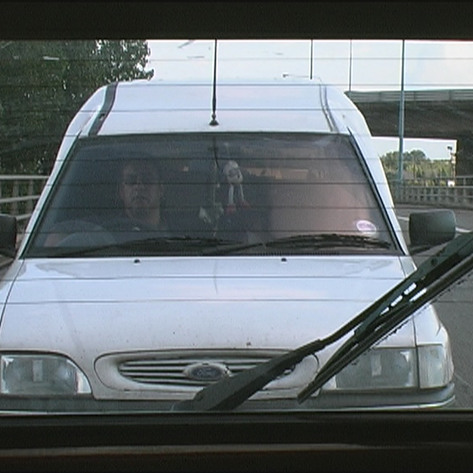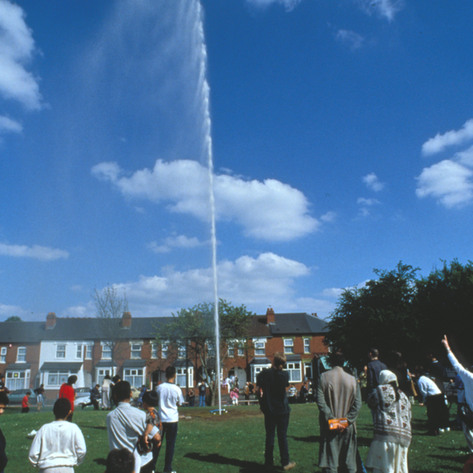David Cotterrell
For his sixth solo show at Danielle
Arnaud gallery, David Cotterrell presents a new body of
work, considering the illusion of evidence and a search for
context. For the past four years, David has been wrestling
with where he belongs. Searching for a contextual reference,
he has found himself cycling through suburbs, wandering in
deserts, drifting at sea, and immersed in archives. This new
series of experimental responses explores the contradictions
of dreams, evidence, and perception. Developing his
holographic vitrines, exploring the dynamics of game engines
and revisiting a curiosity with shadow projection, he offers
a series of vignettes, animations, and anomalies within the
gallery. Through an idiosyncratic range of influences, he
explores historical storytelling in humble homage to the
aesthetics of baroque painting, the irony of Dimitrijevic,
and the journeys of Eisenstein.
David
Cotterrell is an installation artist who uses
various media and technologies to explore the social and
political tendencies of a world that is simultaneously
shared and divided. An interest in the intersection typifies
the practice: whether fleeting encounters or heavily
orchestrated events, Cotterrell’s works explore the human
condition and the breaks or nuances that can lead to a less
ambiguous understanding of the world they inhabit. Encapsulating the roles of programmer, producer, and
director, Cotterrell develops projects that embrace the
quiet spaces that are the sites for action. Cotterrell’s
work has been commissioned and shown extensively in Europe,
the United States and Asia. He is a Research Professor of
Fine Art at Sheffield Hallam University.
> Curriculum vitae
> Press
> Artist website
> Exhibitions at the gallery:
- truth.lie.lie 2019
- Empathy and risk: three mirrors and a wall 2017
- London Art Fair 2017
- The Ostrich Experiments 2013
- David Cotterrell Aesthetic Distance 2009
- South Facing 2005
SELECTED WORKS
Mirror III (v) 2016 2 Channel HD Projection,
Custom Morse Code Generators and iOs App
10 minutes 6 seconds Collaborators:
Ruwanthie de Chickera
David Cotterrell is an installation artist working across media and technologies to explore the social and political tendencies of a world at once shared and divided. The practice is typified by an interest in intersection: whether fleeting encounter or heavily orchestrated event, Cotterrell’s works explore the human condition and the breaks or nuances that can lead to a less ambiguous understanding of the world they inhabit.
Encapsulating the roles of programmer, producer and director, Cotterrell works to develop projects that can embrace the quiet spaces that are the sites for action, which might (or might not) be clearly understood in the future. For the past few years, Cotterrell and his collaborator Ruwanthie de Chickera have been embarking on an eclectic series of field trips and the production of a range of experimental artworks to clarify their experience and understanding of fear, risk and empathetic failure.
Cotterrell’s work has been commissioned and shown extensively in Europe, the United States and Asia. His work appears in several collections including Imperial War Museum, London and Museum of Fine Arts, Houston. He is Research Professor of Fine Art at Sheffield Hallam University.
Truth is a thing of this world: It is produced only by virtue of multiple forms of constraint. And it induces regular effects of power. Each society has its own regime of truth, its "general politics" of truth: that is, the type of discourse which it accepts and makes function as true. – Michel Foucault, Power - Knowledge, pp. 131
Translation shores up truth, moulding it into the outline of a specific agenda. Extending beyond words, translation clings to the visual and creates a rhetoric. In a society laden with visual signifiers, nothing can exist without subjective meaning, washed with our ideologies; our upbringings; the views of those with whom we surround ourselves. We see what we anticipate or what we fear, not what our eyes truly register. A backpack left on the tube, visibly filled with books or clothes, becomes a bomb even in its absence of wires. We transpose our fears into our surroundings, led by our prejudices in an absence of meaning. But in verbal or written translation, there is something about the definitive nature of writing, a suggestion of the contractual, that makes it perhaps even more powerful than our visual transpositions. The translation becomes evidence and is disseminated again and again, repeated as fact. The translator’s prejudice is poured between the words and made invisible, gluing the speaker’s mouth shut and branding them with new meaning.
David Cotterrell’s latest in his Mirror installations, Mirror V: Translation, explores the prejudice in translation, exposing how its nuances can mark the difference between perceived innocence and guilt; between a person portrayed as rightly frustrated with the immigration system, or as a terrorist. Cotterrell’s installation presents two Sinhala monologues, filmed in Sri Lanka, on screens in an otherwise dark room. As the viewer moves around the gallery space, they step beneath three ultrasonic speakers. Beneath each speaker they are engulfed by an invisible sonic bubble playing different translations of each monologue. The sound is ephemeral, as clear as though someone is whispering in your ear at one moment and then disappearing entirely with just a few inches of movement, simulating the wavering of truth in translation. The discrepancies between each translation initially seem minor but their cumulative effect is significant. In one monologue, our attention is triggered by words such as ‘recruiting’ and ‘bombing’, which we associate with terrorism. But in a different translation, this sinister suggestion of recruitment becomes a plea to join forces, and the word ‘bombing’ is eradicated completely. In this work, Cotterrell demonstrates how words can be weaponised both against the public in the media’s deliberate misleading, reframing and mistranslation to suit political agendas, but, most importantly, against the perceived ‘other’ in the subtleties of their demonisation. - Tess Charnley
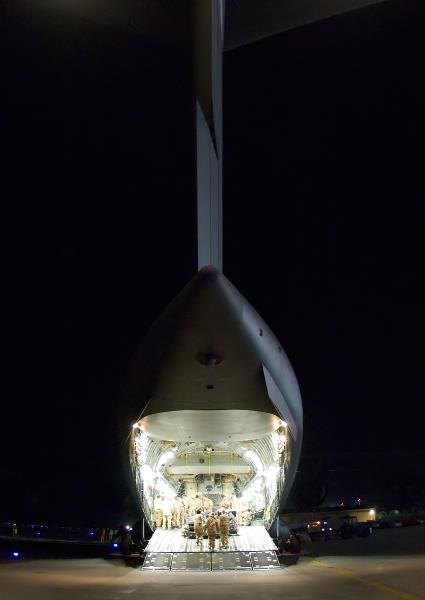
Gateway I 2009 photographic c-type print 147 x 99 cm
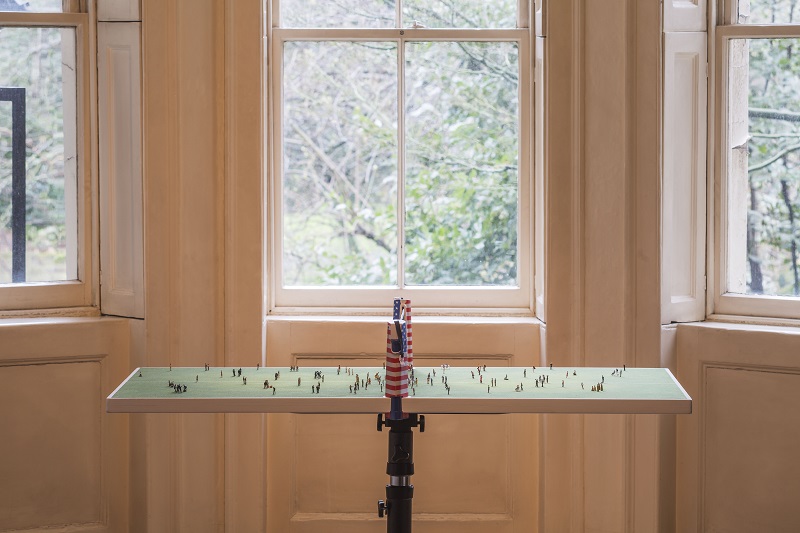
The Wall 2016
1:100 hand-painted plastic figures,
table tennis net, painted and floacked timber photograph by
Oskar Proctor
Mirror I: Hierarchy 2016 HD video, two-channel installation
collaboration with
Ruwanthie de Chickera



.jpg)
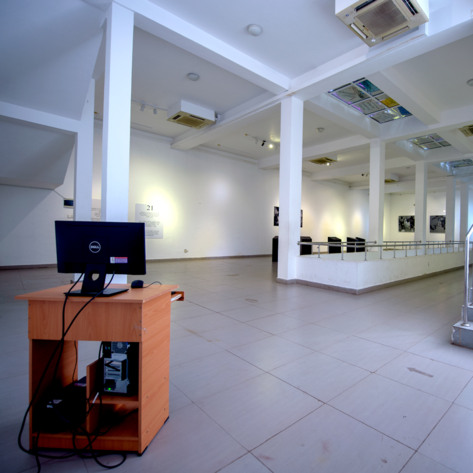
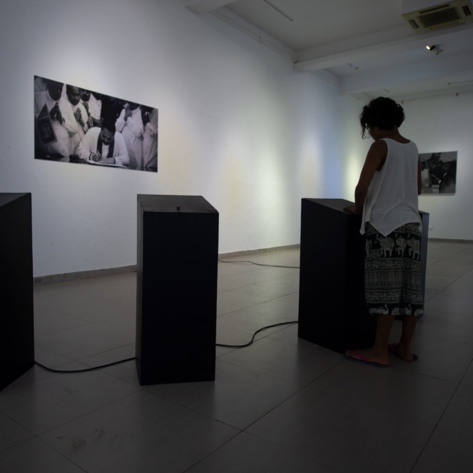
.jpg)
.jpg)
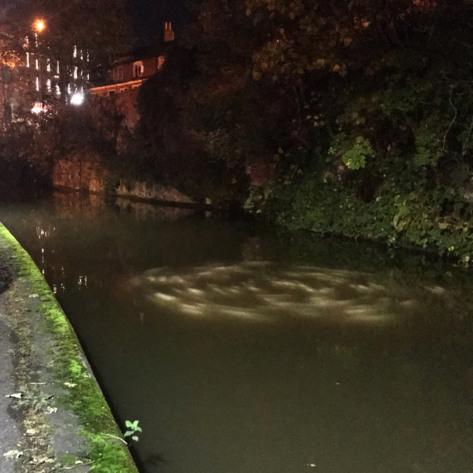

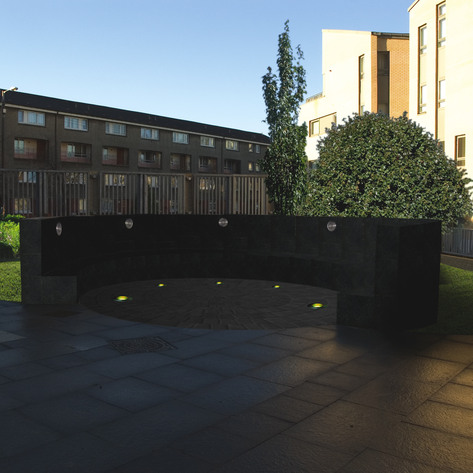
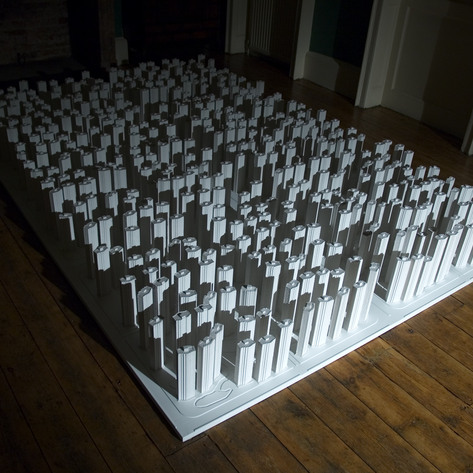
.jpg)
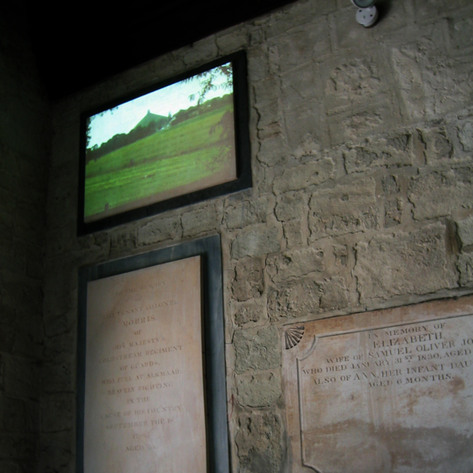
.jpg)
.jpg)
